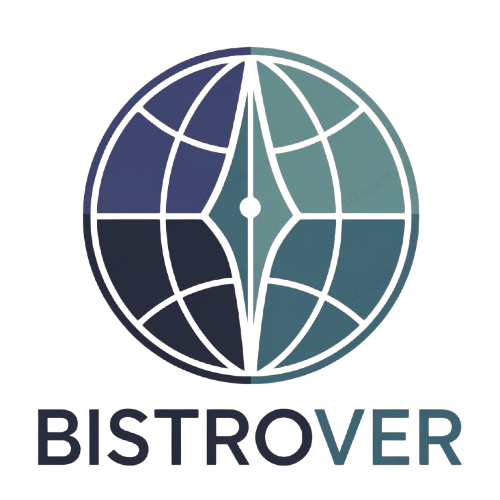Getting Started With Github Actions in Laravel: A Step-By-Step Guide
As the software development landscape evolves, continuous integration and deployment become critical for efficient project management. GitHub Actions offers a robust platform for automating software workflows, including those for web applications constructed with Laravel, the popular PHP framework. By integrating GitHub Actions with Laravel, developers can automate their testing and deployment processes, ensuring codebase integrity and swift production updates. In this article, we provide a comprehensive guide on how to leverage GitHub Actions within your Laravel projects.
Writing Laravel-Specific Workflow Jobs With GitHub Actions
Crafting workflows tailored to Laravel involves understanding the framework’s ecosystem and potential bottlenecks in development. Laravel has certain requirements and standard practices that developers should accommodate within their GitHub Actions. These might include using Artisan commands, handling migrations, and dealing with storage links and environment files. GitHub Actions allows you to create custom steps to manage these tasks.
When you’re ready to dive deeper into crafting custom GitHub Action workflows for Laravel, the GitHub Actions Laravel resource by Kirschbaum Development provides invaluable insights. Leveraging their expertise can help you refine and perfect your jobs to align seamlessly with the demands of a Laravel application, ensuring a robust and reliable workflow.
GitHub Actions and Laravel Integration

The combination of GitHub Actions and Laravel brings about an improved development workflow that is both streamlined and secure. GitHub Actions serves as a platform for automation, enabling tasks such as testing, building, and deploying applications directly within the GitHub repository. This is particularly beneficial for Laravel developers looking to enhance their pipelines with a series of event-driven tasks. Utilizing GitHub Actions can significantly reduce manual overhead and increase the speed of development cycles.
Specifically in Laravel, GitHub Actions can execute unit and feature tests, manage dependency installation via Composer, and ensure that code adheres to predefined style guides and standards. This ensures that the code is robust and reliable before it merges into master branches or deploys to production servers. The actions are defined in YAML files, which provide a clear and concise way to describe the necessary steps for automation.
For your Laravel application, once you’ve committed your code, GitHub Actions can automatically run a series of checks and tasks, such as syntax linters and tests. This ensures that new changes don’t break anything and that the health of your application is always front and center. By the end of this guide, you’ll have a solid understanding of how to implement these principles within your Laravel projects.
Automating Testing and Deployment in Laravel Using GitHub Actions

One of the most significant advantages of using GitHub Actions with Laravel is the automation of testing and deployment pipelines. Automating your testing process ensures that your tests run consistently and that feedback on potential issues is rapid and reliable. A well-defined GitHub Actions workflow can execute a suite of tests every time a commit is made or a pull request is opened, fostering a test-driven development (TDD) culture within your team.
When setting up automated testing within your workflow, you would configure GitHub Actions to set up a testing environment, install all necessary dependencies, prepare any services required by your application (like MySQL or Redis), and then run your test suite. GitHub Actions provides annotations for failures, which appear directly in your pull request, making it easier to review and address any issues promptly.
Best Practices for Managing Secrets and Environment Variables in GitHub Actions for Laravel

Security is paramount when it comes to automation. GitHub Actions allows the use of secrets to store sensitive information required by your Laravel application, such as API keys, database credentials, and application secrets. These are encrypted and only exposed to Actions that are explicitly authorized to access them. When setting up your workflows, you’ll insert secrets using the GitHub UI, which keeps them secure and out of your public repository code.
Environment variables are a staple in Laravel applications for configuring application behavior. GitHub Actions helps manage environment variables using ‘env’ or ‘secrets’ contexts. These can be defined at the workflow, job, or step level, providing flexibility. It’s best practice to define non-sensitive environment variables, such as application mode or service ports, in your workflow files, while secrets should handle sensitive information.
Overall, GitHub Actions provides an incredibly powerful tool for automating testing, deployment, and a range of other workflows for Laravel applications. When properly configured and optimized, it empowers developers to focus on building features rather than the underlying infrastructure tasks. With a solid grasp of GitHub Actions, Laravel developers can significantly enhance the quality, security, and efficiency of their development practices, benefiting the entire delivery pipeline.







